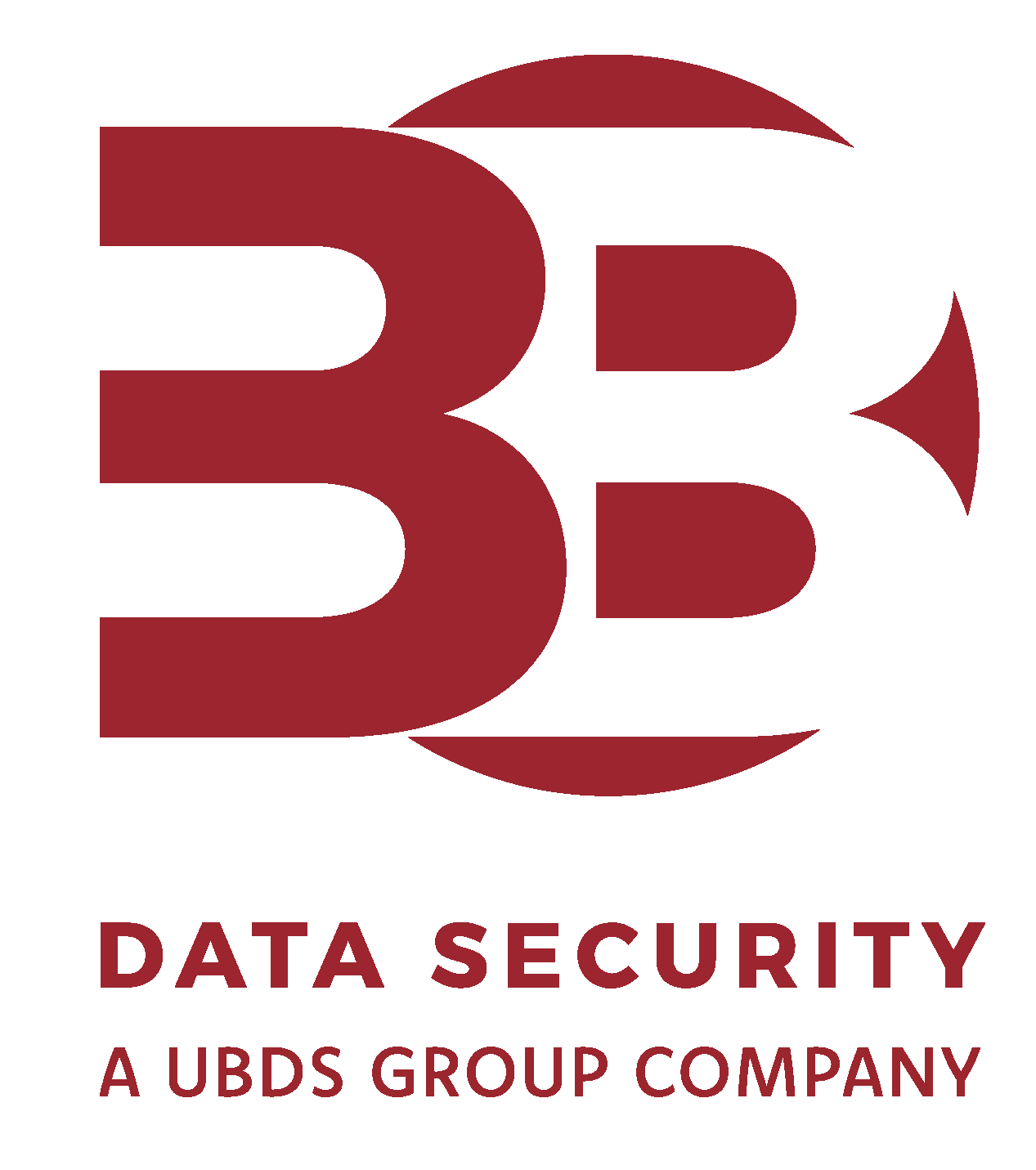3B Data Security Blog
-

Top Cyber Security Risks This Holiday Season
In this blog post, we take a look at the most common cyber risks to watch out for over the holiday season.
-

We Become a Global PCI Forensic Investigator Provider
3B Data Security are proud to announce our expansion from being a European provider to a Global PCI Forensic Investigator (PFI) provider.
-

Top Tips for Keeping Your Online Accounts Secure
November 10, 2023, marks “More Than Just a Password Day”. This day aims to educate users on password best practice and stronger methods they can be using to help stay secure. In this blog, we take a look at some top tips to help protect and secure your accounts and devices.
-

New QR Code Phishing Attacks and How to Defend Against Them
QR codes are a quick and easy way for organisations to provide access to websites, payment options, and digital information with a mere scan. However, with this increased adoption, cybercriminals are finding innovative ways to exploit them, leading to a major increase in QR code phishing attacks.
-

3B Data Security on Disney+’s ‘The Ashley Madison Affair’
We’re excited to share that 3B Data Security had the honour of contributing to the three-part documentary series on Disney+ ‘The Ashley Madison Affair’, which delves deep into the Ashley Madison data breach – one of the most talked-about cyber incidents of our time.
-

Electoral Commission Fail Cyber Essentials Audit Before Hack
Back in August, the Electoral Commission informed the public that they had fallen victim to a cyber attack that allowed “hostile actors” to access electoral registers. The Electoral Commission has now confirmed that it failed a basic cyber security test, coinciding with the period when hackers infiltrated the organisation.
-

SIM Swapping Attacks and How to Prevent Them
SIM swapping attacks are on the rise, and Financial and Risk Advisory firm Kroll has been the latest high-profile victim. But what exactly does a SIM swapping attack entail, and how can you prevent falling victim? We take a look in this blog.
-

What Is Penetration Testing and How Does It Work?
In this blog post, we’ll dive deep into the realm of penetration testing, uncovering its significance and shedding light on how it works to safeguard our digital landscapes.
-

Common Types of Cyber Attacks and How to Prevent Them
By understanding the different types of cyber threats and how to prevent them, you can implement the necessary cyber security defences and reduce the risk of an attack. In this blog, we take a look at the most common types of cyber attacks and provide practical advice on how you can mitigate these threats.
-

The Rise of Ransomware: What You Need to Know
Understanding the rise of ransomware and its implications is crucial when it comes to protecting your organisation. In this blog post, we take a look at how ransomware works, why the rate of attacks is rising, and the measures you need to implement to keep your organisation protected.





